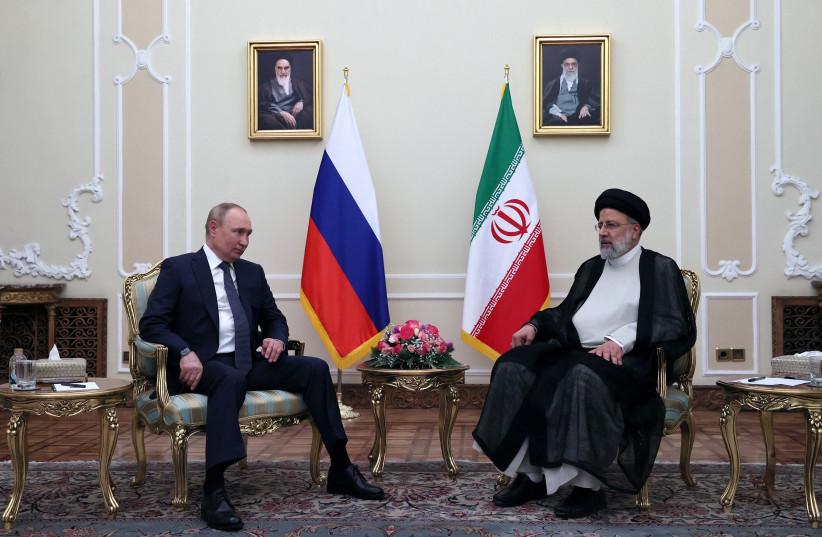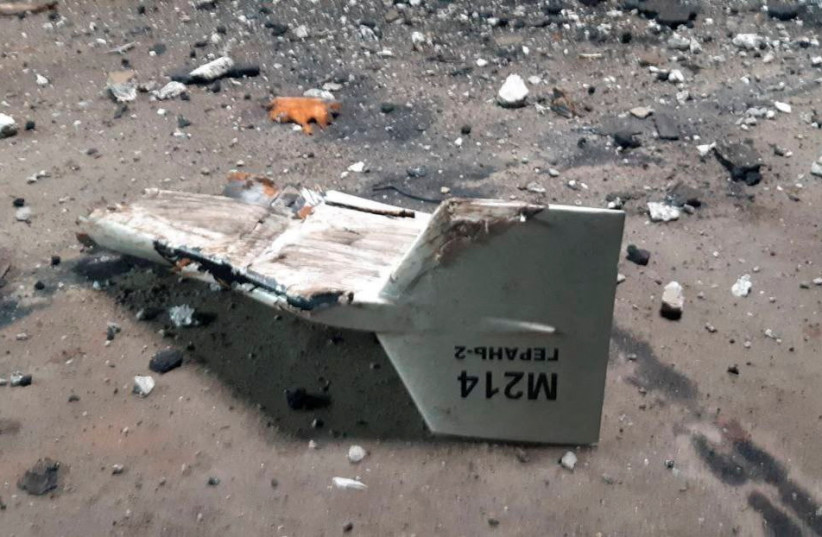Russia’s use of Iranian-style drones against Ukraine has increased in the last weeks, with major barrages across the country targeting cities and civilian areas. This increased use of drones began at the end of last month.
Iran pretends it has not supplied Russia with drones. This could mean that Tehran didn’t physically ship them all and that Russia borrowed Iranian designs to build them locally. But the supply of Iranian-style drones to Russia is well documented by reports from the US and Europe.
Russia’s use of Iranian drones has left many questions unanswered over the last several months. A few of them are listed here.
Is Russia revealing a new era of drone war tactics?
Moscow’s decision to rely on relatively simple, slow-moving drones is an example of how countries can use this technology in war.

The drones are usually called “loitering munitions” or kamikaze drones. The concept of using drones like this goes back decades and Israeli firms pioneered some of the world’s leading loitering munitions. Later, countries like Iran sought to copy Israel’s success; but their drones were slower and were not packed with the same advanced technology.
Russia has re-packaged these kinds of drones for use in its war. Rather than the traditional loitering munition role in war (waiting for a target of opportunity to emerge and then slamming into it), the Kremlin uses them indiscriminately to strike at civilians.
This is more like carpet bombing used in World War II. Even though the Allies called that “strategic” bombing, in fact, it often resulted in harming civilians.
Russia’s use of drones in this manner could also be compared to the “war of the cities” in the Iran-Iraq war when the two adversaries struck at each other’s major cities using missiles. In 1991, Iraq used Scuds against the US-backed coalition and Israel.
Now, instead of using missiles, drones can be used to attack cities and it saves risking the lives of pilots.
Loitering munitions are a bit different because in the past they were used to suppress enemy air defenses, a mission known by the acronym SEAD, but using them to strike at Kyiv or Odessa is a new strategy.
Basically, Russia has taken a sub-standard Iranian product that was designed for precision strikes, and is using it to terrorize Ukrainians. Iran has used its drones to strike at Saudi Arabia in the past and has sent their blueprints to the Houthis in Yemen and Hamas in Gaza so that they can build various types of drones.
Russia is, therefore, borrowing and building on the Houthi and Iranian experience with these kinds of drones.

How many drones does Russia have?
Ukraine has said that Russia acquired 2,400 drones from Iran. The tail numbers so far show that dozens have been used and many have been shot down.
Ukraine has scored impressive results, downing up to 86% of the drones Moscow used in some barrages. That means recent reports say 37 drones were shot down.
The first Iranian-style drone was shot down on September 13, according to reports. Some 100 Iranian drones had been downed by October 17. On the night of October 16, a total of 26 Shahed 136s were shot down. A week ago, another report said that 60% of the 86 drones Russia launched in one barrage, were downed. Obviously, this is a high failure rate.
If Russia is losing so many drones, how many does it have any left? A report at the weekend by The Jerusalem Post said it had 300 remaining in its arsenal.
Russia had already lost many drones of its own even before it began using the Iranian drones and by July it had lost 600. Looking back at the numbers, even if most of these were small drones, Russia lost many of them before it turned to using the Iranian ones.
Since the Iranian-style drones are supposed to be destroyed in their missions, Russia isn’t exactly “losing” them. Even if they are shot down; the drones were on a one-way mission anyway. They are launched from a truck-mounted rack, or cannister and once sent, they can’t return to base.
It doesn’t appear that these Iranian drones are very sophisticated. Videos show them slowly flying over cities and people trying to shoot them down with assault rifles. Nevertheless, they are frightening and can terrorize people.
As Russia loses hundreds more drones, it will not only need to acquire more but will need to build them locally. It may, therefore, turn to other types of drones, such as the Shahed 131, which is already said to be in use, and the Arash-2, another loitering munition.
